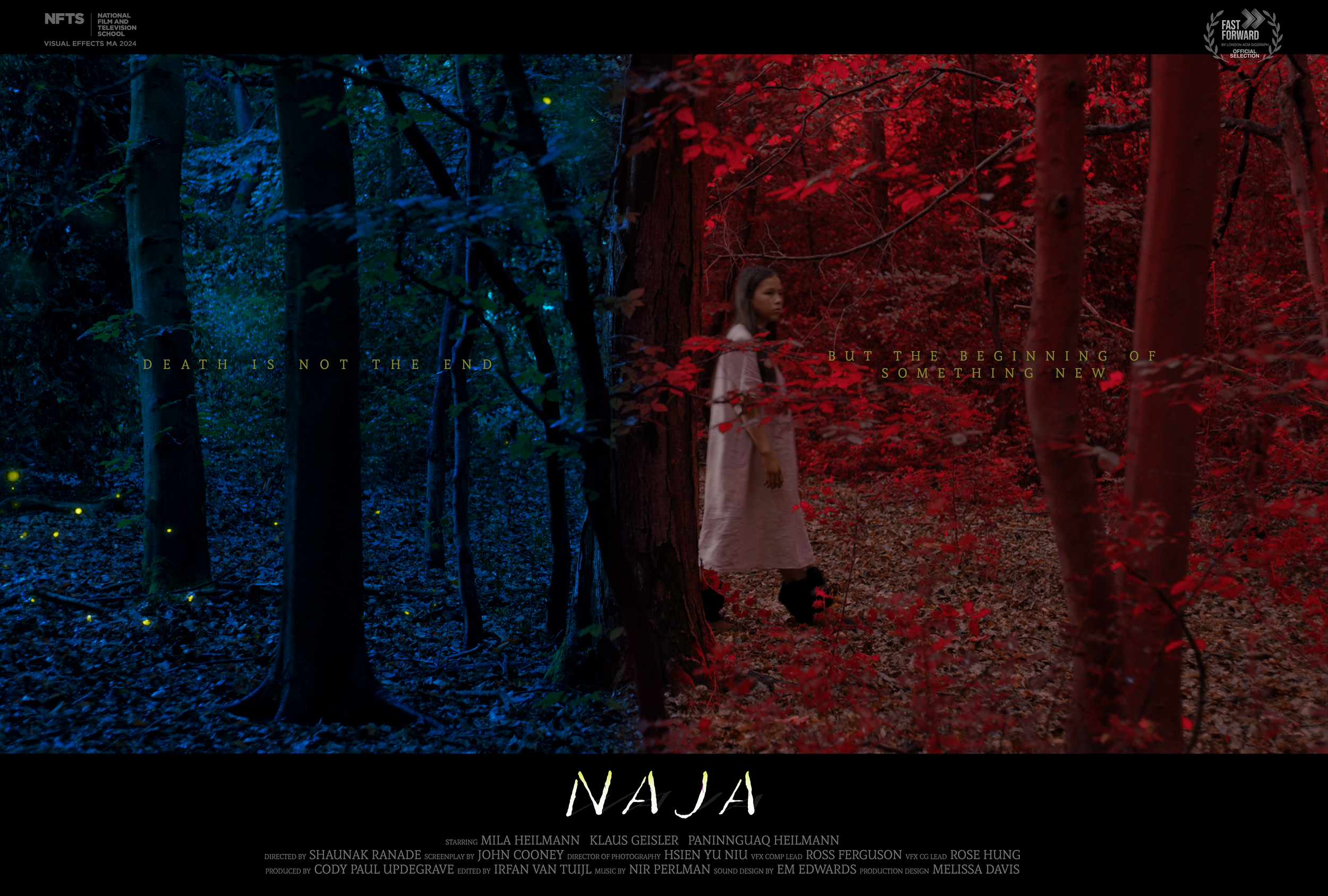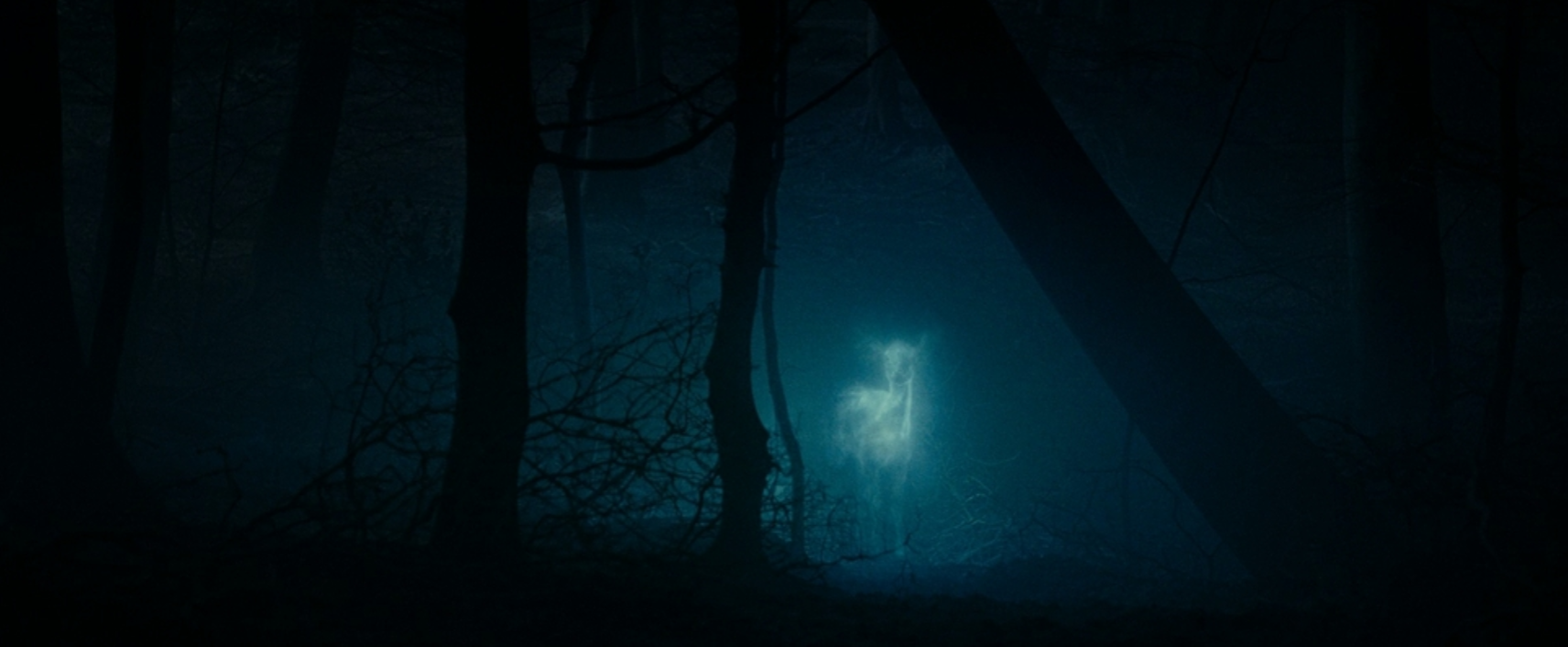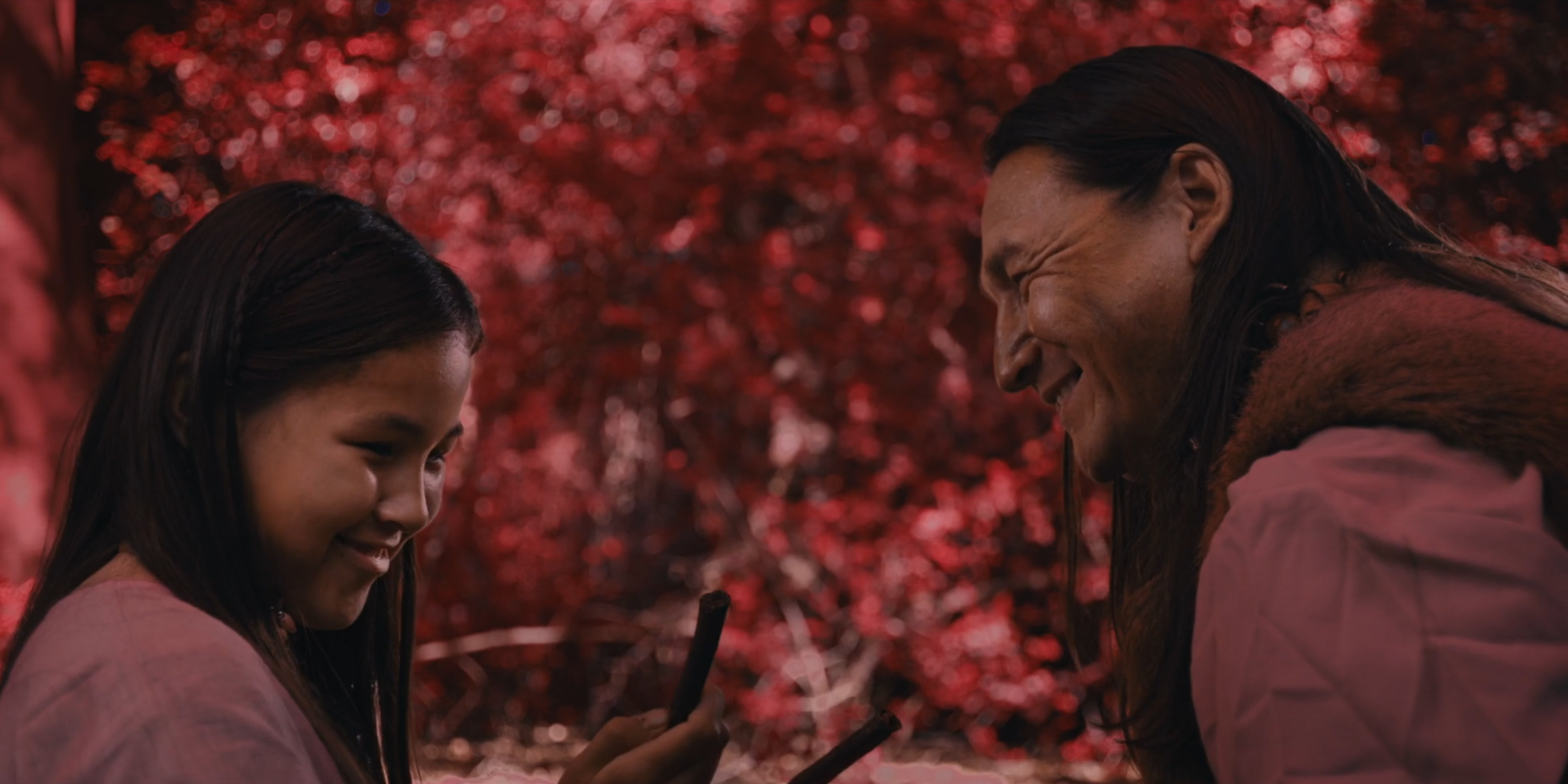Naja (2024)
A National Film and Television School Short-film
The password for the film: najavfx
Naja is a deeply personal and visually rich short film that served as my graduation project from the National Film and Television School. The film represents a collaborative effort, blending creativity and technical innovation. In addition to directing, I took on multiple roles, including Editor, Compositor, and VFX Editor, while also contributing to the story's development alongside the writer, John Cooney. What began as a primal tale of revenge evolved into a poignant coming-of-age narrative. Naja tells the story of a young Inuit girl who journeys into a magical world to overcome grief and accept the loss of her parents.
Concept and Development
The idea for Naja originated from an initial concept of a man seeking revenge on a polar bear for the death of his daughter. Over time, this primal narrative transformed into a more nuanced exploration of themes such as grief, growth, and acceptance. In this process we realized that our protagonist wasn’t the father, it in fact was the child grieving her parents, and through her journey, we wanted to explore how loss and grief could be depicted through both an emotional and fantastical lens. At around the same time, John and I had started to obsess over the convergence of magical worlds with reality. It’s a concept we both love and drove a lot of the creative choices for the world that Naja is set in. This expression of this magical realism came through finding some visual reference for what we imagined the bear to look like, and the more we discussed it we realized it was kind of a ‘spiritual-guide bear’. Below are some of the early concepts/references that captured our attention
Early in the development process, we drew inspiration from the Harry Potter series, particularly the Forbidden Forest, which became an inseparable reference for the visual and thematic tone of the magical world in Naja. The image of the bear as a spirit guide, akin to a patronus, emerged as a central motif. This bear represented not only a guide to the afterlife but also a manifestation of healing and acceptance.
As the concept evolved, we began delving into Inuit culture, seeking to ground the narrative in authenticity and respect. Through research, we embraced the idea of the bear as a deity, a symbol of strength, wisdom, and spiritual guidance. This exploration enriched the story, transforming the bear from a simple antagonist to a profound emblem of Naja’s journey and the cultural roots that inspired the film. This creative evolution was a pivotal moment in shaping the heart of the story, turning it into an emotionally resonant and visually stunning film.
One of the most significant challenges in crafting Naja was balancing the story's emotional depth with the technical demands of creating a visually striking VFX project. We had to carefully design the narrative to meet the showreel requirements of the visual effects artists while ensuring that the story remained the primary focus. This dual approach required constant collaboration and creative problem-solving to maintain the film's integrity and resonance.
For us, Naja is ultimately a story about hope and healing. It is a reflection of the human ability to face grief and emerge stronger. By combining a compelling emotional narrative with groundbreaking visual effects, the film offers an experience that is as heartfelt as it is visually mesmerizing.
Director’s Statement
As a storyteller, I have always been fascinated by narratives that blur the line between reality and fantasy. Naja is a tale about the interplay between emotions and their reflection in a magical realm.
At its core, Naja is a story about vulnerability, overcoming grief, and personal growth. Through the protagonist’s journey, we delve into the universal experiences of loss and loneliness. Naja’s struggles, embodied in her nightmares and her confrontation with the uncertainties of her future, mirror the human condition. Her journey offers a pathway to understanding and eventually accepting loss.
Naja is also a visual-effects-led project, where storytelling is deeply intertwined with visual effects. Every element—from the cinematography to the sound design—is shaped by Naja’s perspective. This intricate interplay allows us to immerse the audience in a vast soundscape and a constantly shifting visual world, reflecting Naja’s emotional state.
As a director, my goal was to create a story that resonates personally with the audience, allowing them to empathize with Naja’s loss. I hope viewers connect with her emotional journey, experiencing the despair of not knowing how to move forward, only to rediscover hope in honoring the memory of loved ones.
Visual Effects & Design
Visual effects were at the forefront of Naja's production, influencing every aspect of the film’s design and execution. From its inception, the project was conceived as a VFX-heavy film, tailored to showcase the talents of the visual effects artists involved while also advancing the narrative.
Techniques Used
Previsualization
Unreal Engine environments
LED Volume Technology
Traditional Green/Blue-screen Keying
3D Assets
Creature Modelling
Atmosphere Integration
Element Integration
Look-Development for CG Assets

The visual effects workflow began with previsualization, where I played a key role in overseeing the creative vision and ensuring that it aligned with the story direction. This process laid the foundation for the film’s visual and emotional tone, providing a blueprint for the technical execution of complex sequences. By crafting detailed pre-viz, the team was able to synchronize their efforts, ensuring seamless integration of all visual elements.
Working with the LED volume was one of the most immersive and collaborative aspects of the production. I directed the actors within this space, ensuring their performances aligned with the dynamic visuals surrounding them. Additionally, I managed the design of each shot, which included on-set dressing to seamlessly hide where the LED screen ended. To add further depth and atmosphere, I coordinated the integration of fire and smoke elements into the LED volume sequences, enhancing the visual complexity and immersiveness of the scenes. These elements not only enriched the magical forest environment but also provided a tangible connection between the actors and their surroundings.
Another critical aspect of my role was designing the VFX pipeline using Nuke Studio. This involved laying out the shots, templating each sequence for compositing, and separating CG assets into multiple passes for optimal control during post-production. I also developed a keying template specifically for blue-screen shots, ensuring consistent quality across all composited sequences. These workflows were essential in maintaining efficiency and uniformity throughout the project.
Organizing the CG passes, light passes, and FX passes for the spirit bear was another significant task. The 3D team provided these elements, including simulations from Houdini, and I meticulously organized and layered them to create the final look of the bear. This process required precise control over the integration of these passes to ensure the spirit bear achieved its ethereal and majestic appearance, fitting seamlessly into the magical world.
One particularly challenging sequence involved the glitter effect in the magical forest. The lead compositor, Ross Ferguson, designed and look-developed this effect, creating templates for its implementation. I took these templates and integrated them into the Nuke scripts for the sequence, ensuring seamless application across multiple shots. This collaboration highlighted the synergy between different team members, resulting in a cohesive and visually stunning final product.
The most technically demanding shot required compositing an environment onto a blue-screen shot. This task involved multiple iterations of Unreal Engine environment passes, detailed rotoscoping of the actor’s fur boots, and precise hair detail keying from the blue-screen footage. Additionally, the glitter effect had to be integrated into this environment, requiring intricate adjustments to ensure it interacted naturally with the scene’s elements. The success of this technique not only elevated this specific shot but also inspired its use for the film’s final scene, where a different environment was integrated with equally meticulous attention to detail.
Through these efforts, the visual effects in Naja became a core storytelling component, enhancing the narrative’s emotional depth and transporting the audience into its magical world. Every element, from pre-viz to final compositing, was designed to serve the story, ensuring that the technical complexity never overshadowed the film’s emotional resonance.
Despite all of this, it only scratches the surface of the monumental effort that went into Naja.
This film is the culmination of tireless work across countless departments. Every single person involved, from location scouting and booking spaces to hiring international actors, flying them in, and coordinating costume design, make-up, composing, sound design, camera work, lighting, and electrical setups played an irreplaceable role. The mentorship from our tutors, the dedication of the visual effects team, and the professionalism of the entire crew made this ambitious project a reality.
To every single member of the cast and crew, your contributions were invaluable. If even one person had been out of place, this film simply would not have been possible. To learn more about the journey, breaking down the visual effects behind Naja, viewers can explore our Rookies submission, where we’ve shared behind-the-scenes videos that capture the hard work and dedication that brought this project to life.

















